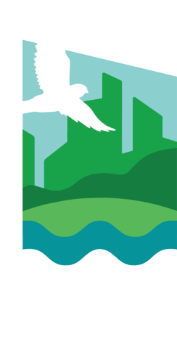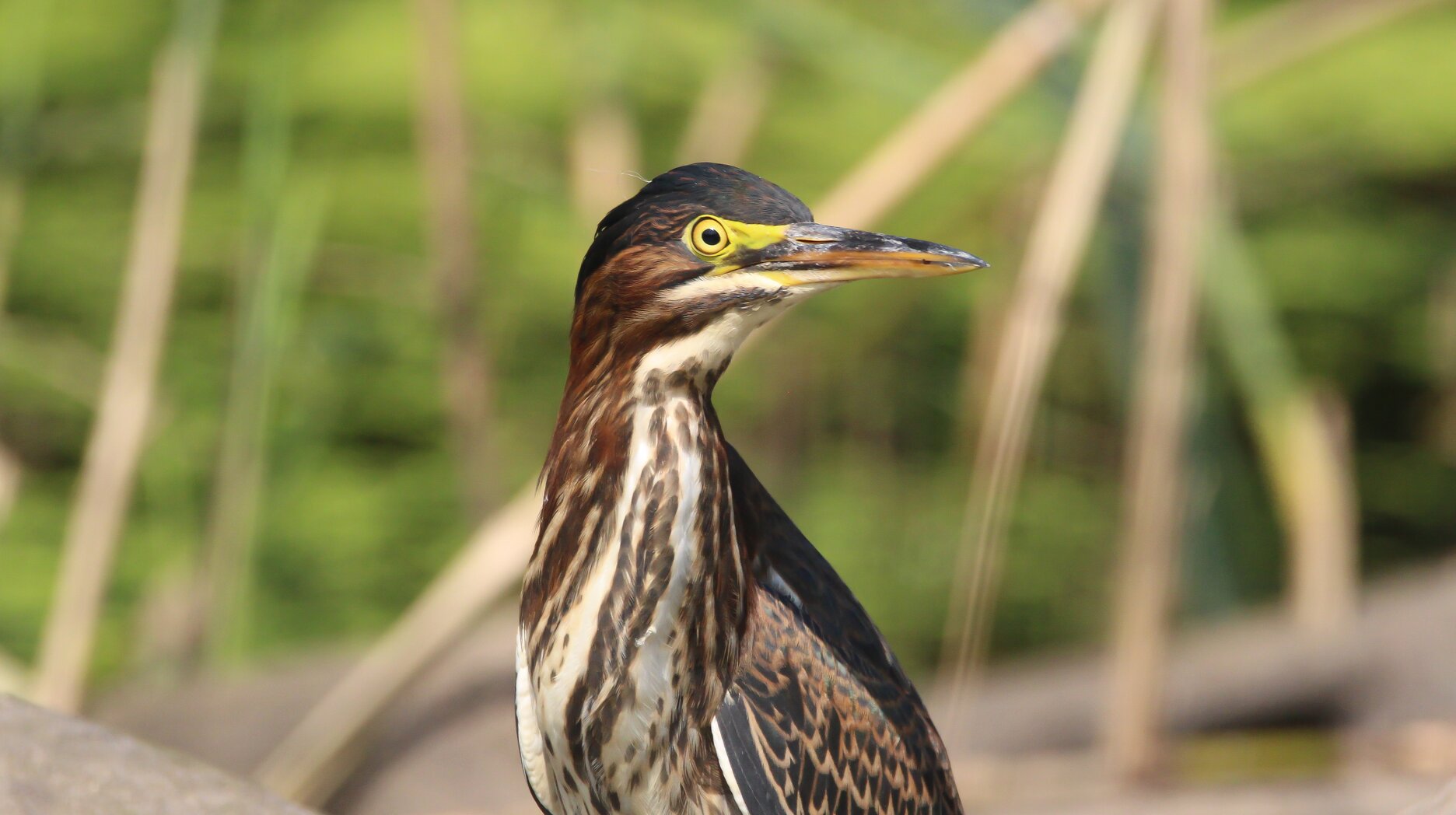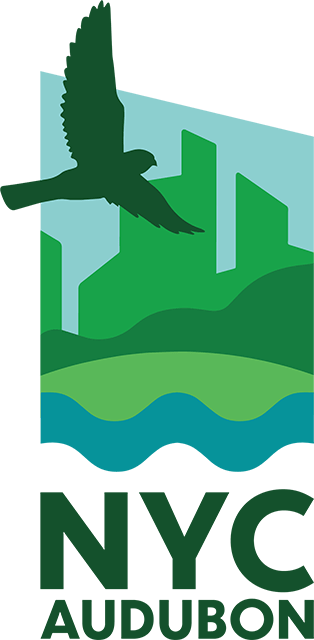More North S.I. Hotspots
A young male Ruby-throated Hummingbird stops by Snug Harbor Botanical Garden on its way south, in late August. Photo: Dave Ostapiuk
The northern end of Staten Island, near to the Staten Island Ferry, is relatively developed—and the coast along the Kill Van Kull, the waterway between Staten Island and Bayonne, New Jersey, has a long history of shipping and industrial use. This northern zone has its own share of excellent birding spots, however, in addition to the well-known Clove Lakes Park. Several spots have been preserved spaces for several centuries, while others are fairly new parks, products of determined and persistent activism, that provide important community green space and access to the island's waterfront.FortWadsworthHS
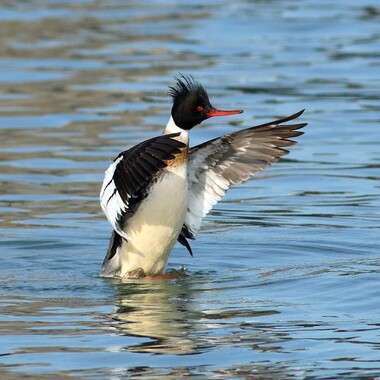
Wintering Red-breasted Mergansers find plenty of fish to eat along Staten Island's shore. Photo: Isaac Grant
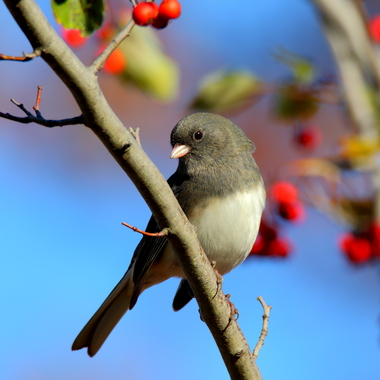
This photogenic Dark-eyed Junco found plenty of bird-friendly plantings at Snug Harbor. Photo: Isaac Grant
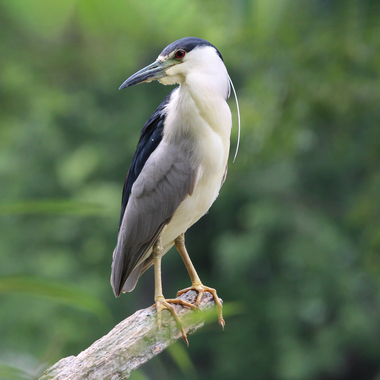
Black-crowned Night-Herons breed on islands off of Staten Island's southern shore, but find good sustenance across the entire island.
Photo: Dave Ostapiuk
Fort Wadsworth, standing guard at the base of the Verrazzano-Narrows Bridge, is an excellent spot for seabirds and diving ducks, as well as fall sparrows. Silver Lake Park, contiguous with Clove Lakes Park, is a fine inland stopover site during migration, and also hosts wintering waterfowl. On the island’s northern shore, three green spaces—Snug Harbor Cultural Center and Botanical Garden, Heritage Park, and Richmond Terrace Park—provide a variety of upland and wetland habitats and access to the waters of the Kill Van Kull.fortwadsworthhs
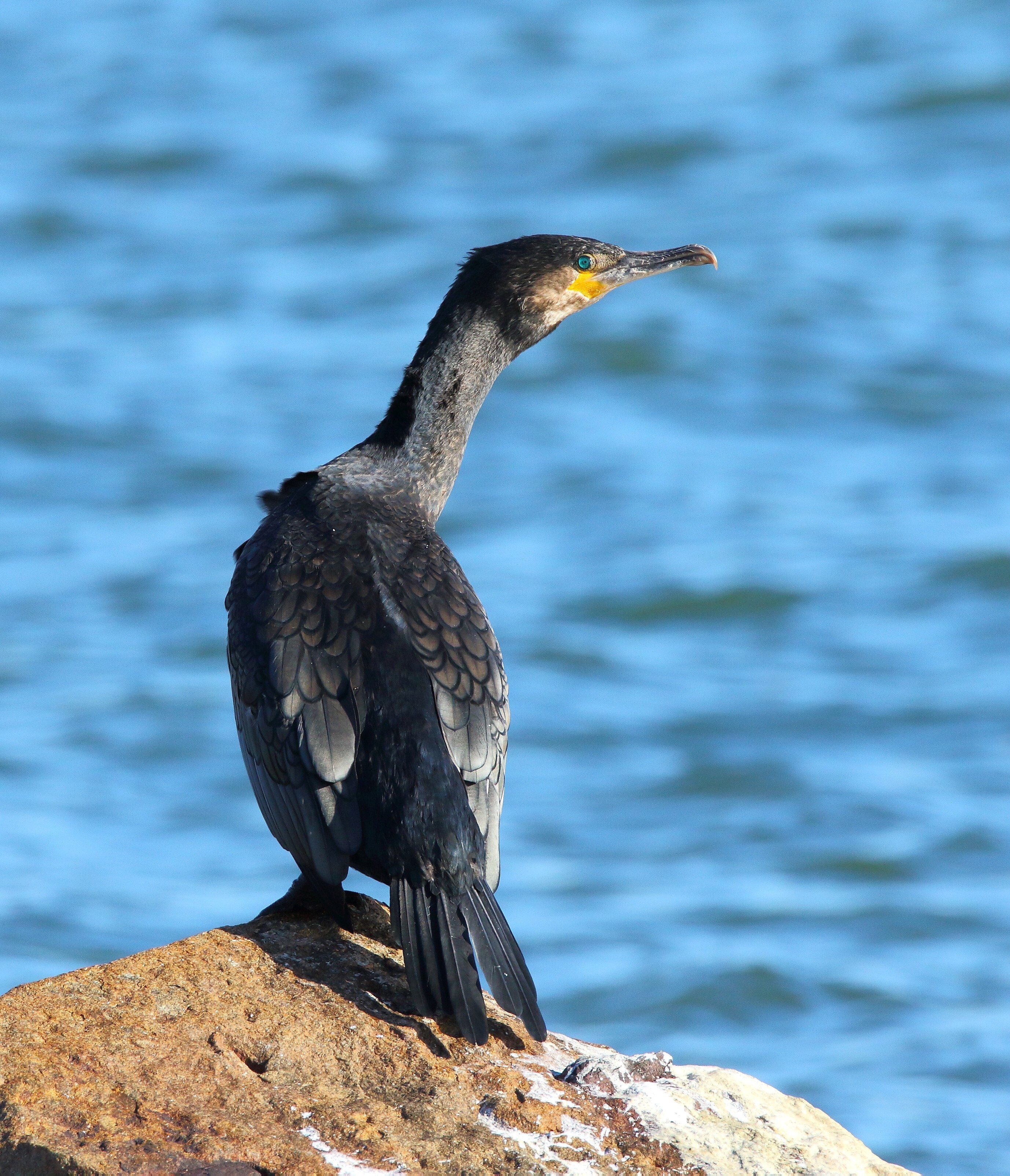
Fort Wadsworth is a good spot for wintering Great Cormorant. Photo: Isaac Grant
Fort Wadsworth
Birding Highlights by the Season
(no star = birding is not very productive, ✸ = somewhat productive, ✸✸ = productive, ✸✸✸ = very productive)
Spring Migration ✸
Lingering waterfowl; wading birds; flycatchers, sparrows, warblers, and other songbirds
Lingering waterfowl; wading birds; flycatchers, sparrows, warblers, and other songbirds
Summer ✸
Foraging wading birds, gulls, Common Tern, American Oystercatcher; nesting Killdeer, Wilow Flycatcher, Fish Crow, Barn Swallow, Yellow Warbler, Red-winged Blackbird
Fall Migration ✸✸
Sparrows, warblers, and other songbirds
Winter ✸✸
Wintering waterfowl including dabbling and diving ducks including scoters, loons; gulls; Great Cormorant; sparrows and mixed songbird feeding flocks
Year-Round Highlights
Peregrine Falcon (nests on Verrazzano-Narrows Bridge), gulls, Carolina Wren
Get Oriented
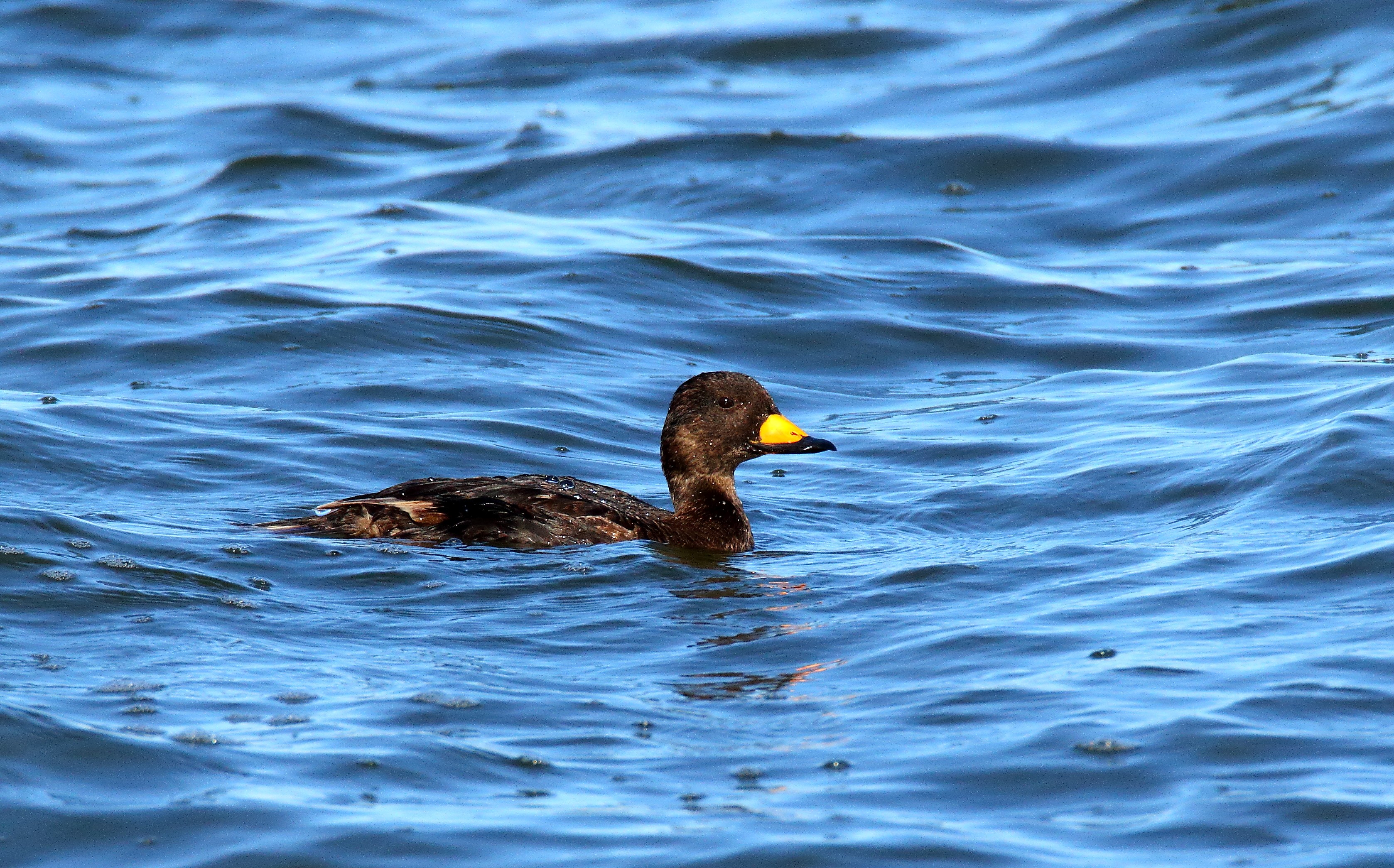 "}" data-trix-content-type="undefined" class="attachment attachment--content">
"}" data-trix-content-type="undefined" class="attachment attachment--content">Fort Wadsworth, a portion of Gateway National Recreation Area located at the western base of the Verrazzano-Narrows Bridge, is a former military installation that includes a number of historical fortifications, and currently houses the U.S. Coast Guard as well as National Park Service. The biggest appeal of this location to birders, however, is the vantage point it affords on "the Narrows" themselves--this narrow part of New York Bay divides it into its upper and lower halves. The spot is particularly known for winter waterfowl (bring your scope) and fall sparrows, but a great variety of birds has been spotted here: over 200 species have been documented by eBirders.
Though there are several ways to access the waterfront, the area by "Battery Dix," south of the bridge, is an easy place to park. Scrubby fields here attract a good variety of sparrows and low-foraging songbirds during migraiton. Walk north along the field to the shoreline, where there is a small rock jetty; here and along the shore both north and south, towards South Beach, is a great winter waterfowl spot. Both dabblers including American Wigeon and Gadwall and diving ducks such as Greater Scaup, Bufflehead, Common Goldeneye, and Long-tailed Duck. Loons are frequently seen here, and all three scoter species are possible. Check the jetty for Great Cormorant.
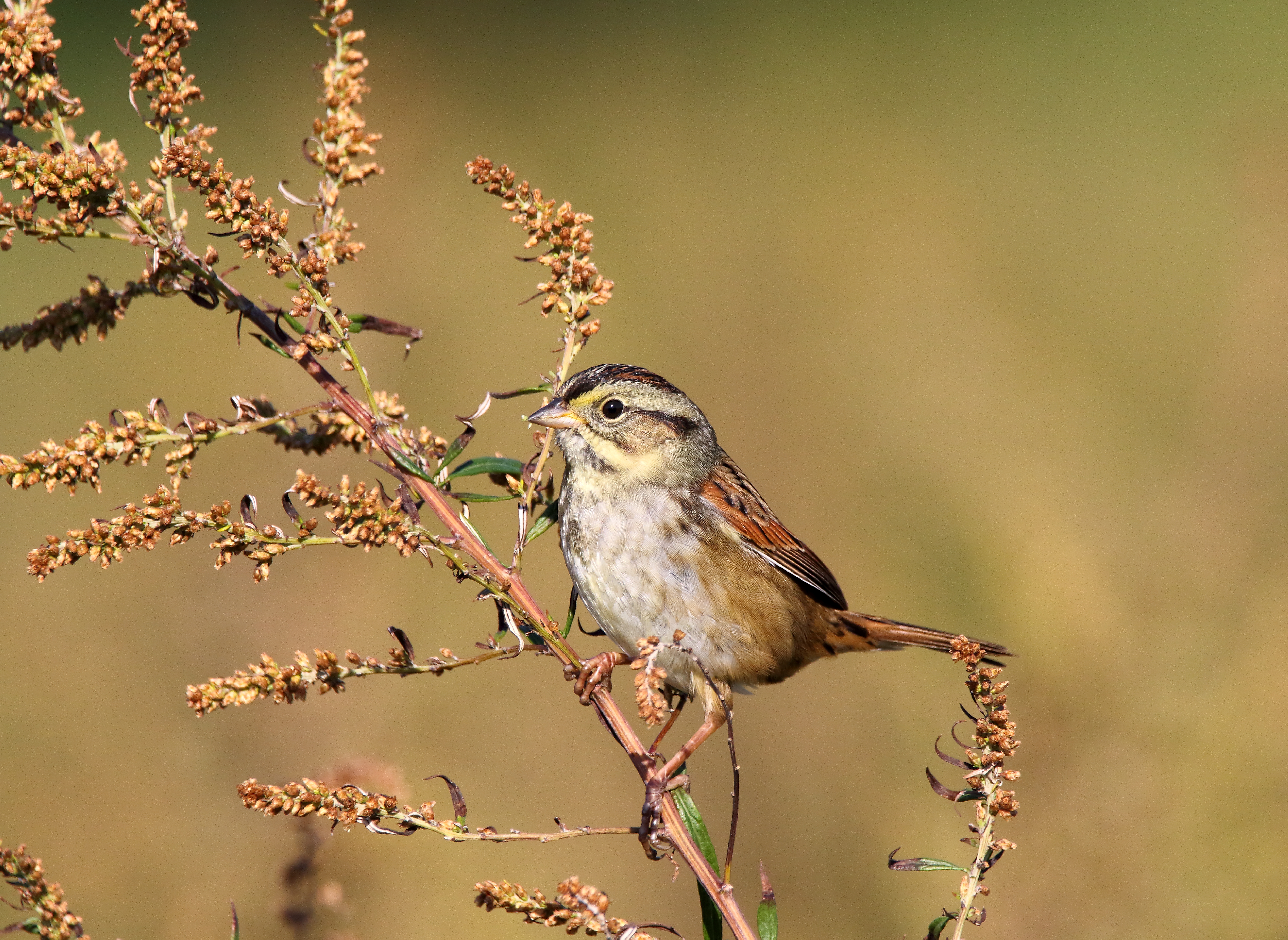 "}" data-trix-content-type="undefined" class="attachment attachment--content">
"}" data-trix-content-type="undefined" class="attachment attachment--content">During migration, the scrubby areas are particularly good spot for sparrows, and lower-foraging warblers. Check the shoreline for Spotted Sandpiper in late spring and late summer. During the breeding season look for Common Terns, American Oystercatcher, and Great Egret and other foraging waders, which nest on nearby Hoffman Island (along with plentiful Double-crested Cormorants).
Peregrine Falcons nest on the Verrazzano-Narrows Bridge, and may be seen year-round. Both Black and Turkey Vultures have also recently nested on bluffs in the area, a rare occurrence in New York City.
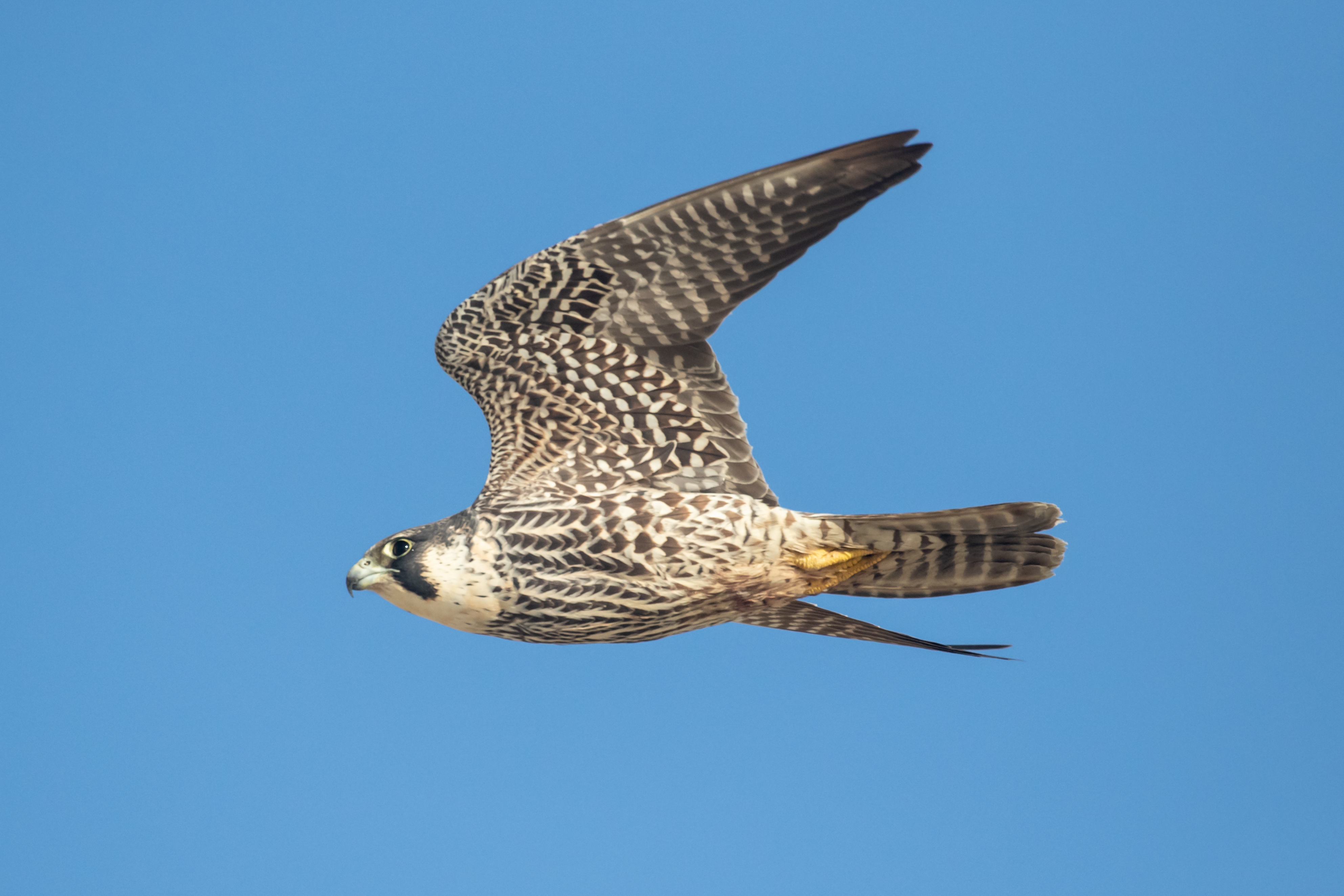 "}" data-trix-content-type="undefined" class="attachment attachment--content">
"}" data-trix-content-type="undefined" class="attachment attachment--content">When to Go
See "Birding Highlights by the Season" above; the eBird links below also may be helpful. To learn about bird migration times and get other timing tips, see the When to Bird in NYC guide on our Birding 101 page.
For park operating hours, see the “Directions and Visiting Info” section, below.
eBird
View eBird hotspot records for Fort Wadworth to explore recent bird sightings, species bar charts, and more. (Click on “Hotspot Map” at left to see other nearby locations.)
Personal Safety
Fort Wadsworth is generally a safe site to bird. Be careful on the shoreline rocks and jetty, which may be slippery, particularly if icy.
Directions and Visiting Information
View a Google map to the parking area by the birding area described above (at the corner of USS North Carolina Road and Range Road).
This bike path map of Fort Wadwsworth may also be helpful.
Visit the National Park Service page for Fort Wadsworth for operating hours, comprehensive directions, and additional background information. silverlakehs
This bike path map of Fort Wadwsworth may also be helpful.
Visit the National Park Service page for Fort Wadsworth for operating hours, comprehensive directions, and additional background information. silverlakehs
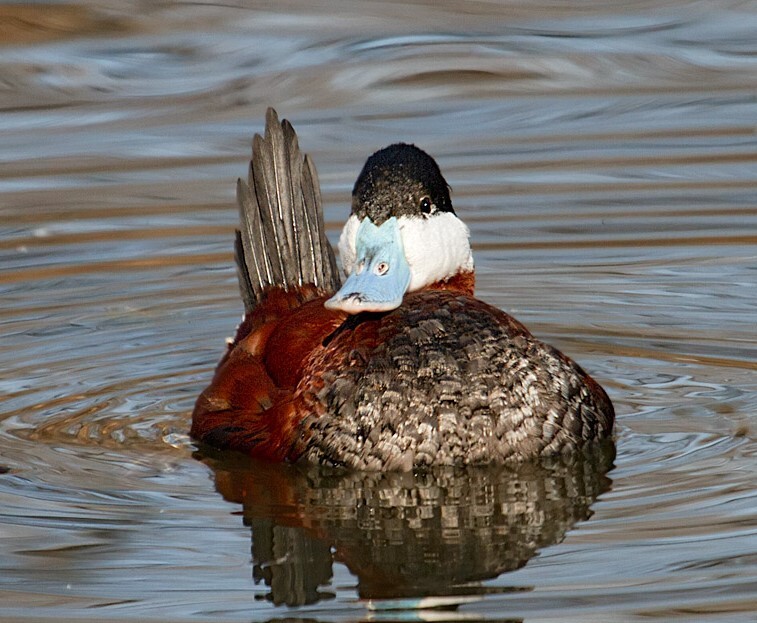
Check lingering male Ruddy Ducks in late spring; some may be sporting their trademark blue bill. Photo: Laura Meyers
Silver Lake Park
Birding Highlights by the Season
(no star = birding is not very productive, ✸ = somewhat productive, ✸✸ = productive, ✸✸✸ = very productive)
Spring Migration ✸✸✸
Waterfowl; kinglets, warblers, and other land birds
Summer ✸✸
Foraging Black-crowned Night-Heron; Eastern Kingbird, Warbling Vireo, Barn and Tree Swallows, Chipping Sparrow, Baltimore Oriole
Fall Migration ✸✸✸
Waterfowl; kinglets, warblers, sparrows, and other songbirds
Winter ✸✸
Wintering waterfowl including dabbling and diving ducks; mixed songbird feeding flocks
Year-Round Highlights
Gulls, common dabbling waterfowl, Double-crested Cormorant, common woodpeckers
Get Oriented
View a Google map of Silver Lake Park.
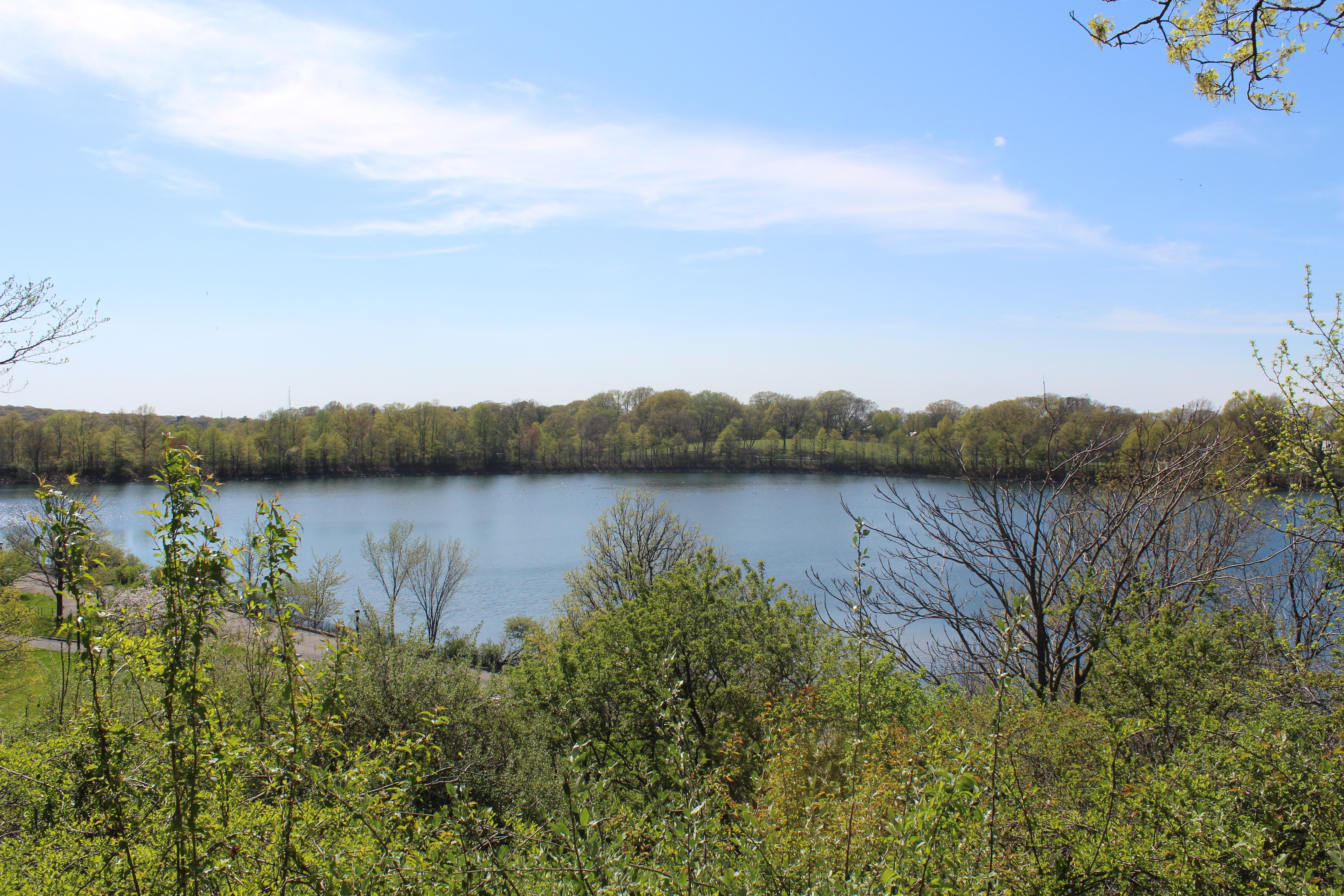 "}" data-trix-content-type="undefined" class="attachment attachment--content">
"}" data-trix-content-type="undefined" class="attachment attachment--content">The namesake of this 209-acre park, Silver Lake, was once known as Fresh Pond—a spring-fed glacial lake that was enlarged in the 20th century and used briefly as a reservoir. The pond had been previously popular with the 19th-century public as a place to ice skate and boat, was a source of ice for refrigeration, and also hosted a waterfront casino and saloon. The current park was first conceived in 1900 as a counterpart to Manhattan's Central Park and Brooklyn's Prospect Park. Over time, the property grew to include several other parcels of land, including a cemetery for residents of the 19th-century quarantine hospital in Tompkinsville, now beneath the Silver Lake Golf Course.
For birders, Silver Lake itself, and the public parkland north and east of the lake, are the primary draws. Over 160 species have been documented here by eBirders, including less common waterbird species such as Greater White-fronted Goose, Black Tern, and Canvasback. Year-round Mallards and Canada Geese on the lake are joined in the colder months by a good variety of both dabbling and diving waterfowl. Northern Shoveler, Ruddy Duck, Ring-necked Duck, Hooded Merganser, American Coot, and Pied-billed Grebe are frequent, joined occasionally by less common diving ducks and grebes. Gulls also abound here, and flocks should be checked for less common species
For birders, Silver Lake itself, and the public parkland north and east of the lake, are the primary draws. Over 160 species have been documented here by eBirders, including less common waterbird species such as Greater White-fronted Goose, Black Tern, and Canvasback. Year-round Mallards and Canada Geese on the lake are joined in the colder months by a good variety of both dabbling and diving waterfowl. Northern Shoveler, Ruddy Duck, Ring-necked Duck, Hooded Merganser, American Coot, and Pied-billed Grebe are frequent, joined occasionally by less common diving ducks and grebes. Gulls also abound here, and flocks should be checked for less common species
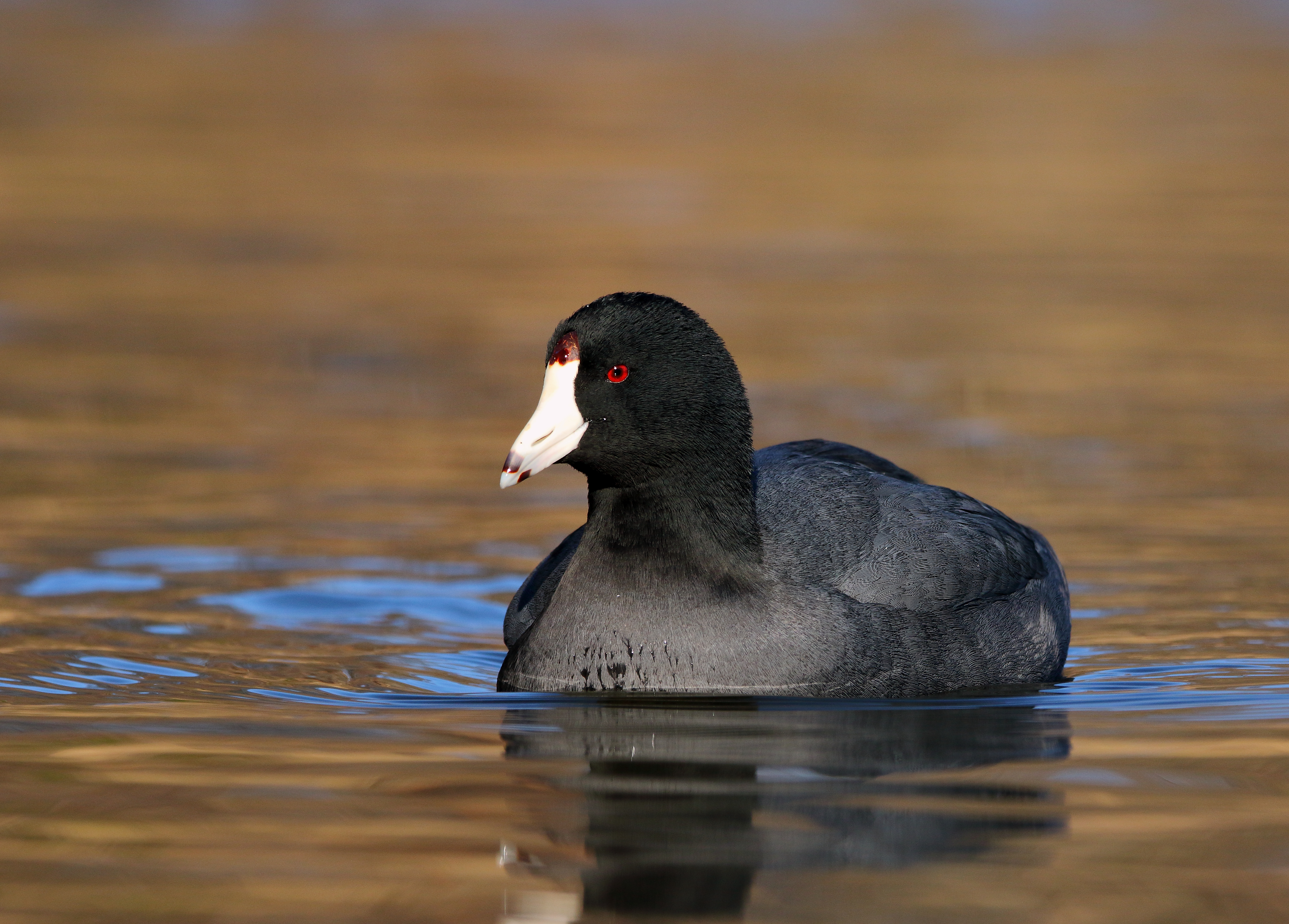 "}" data-trix-content-type="undefined" class="attachment attachment--content">
"}" data-trix-content-type="undefined" class="attachment attachment--content">During migration, check the lakeshore for Spotted Sandpiper and wading birds such as Black-crowned Night-Heron, which also come to forage in the summer. Eastern Phoebes also like the edge areas, and a good variety of warblers and other migrant land birds has been documented in the upland areas. Some stay to breed, including Eastern Kingbird, Warbling Vireo, House Wren, Chipping Sparrow, American Goldfinch, and Baltimore Oriole. The park's insect life also attracts foraging swallows including Tree, Barn, and Rough-winged, as well as a dependable contingent of Chimney Swifts. Common woodpeckers live here year-round, as does Red-tailed Hawk.
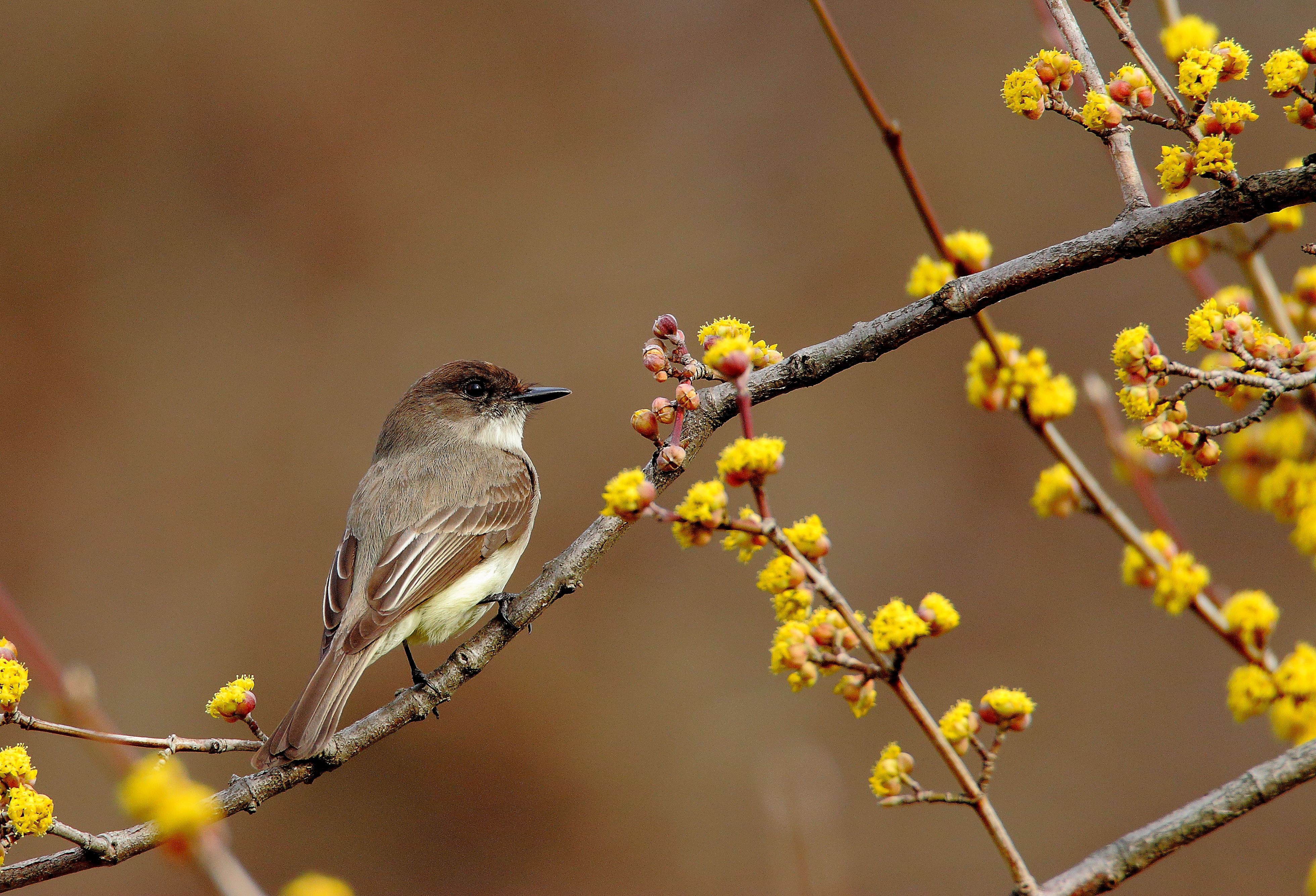 "}" data-trix-content-type="undefined" class="attachment attachment--content">
"}" data-trix-content-type="undefined" class="attachment attachment--content">When to Go
See "Birding Highlights by the Season" above; the eBird links below also may be helpful. To learn about bird migration times and get other timing tips, see the When to Bird in NYC guide on our Birding 101 page.
For park operating hours, see the “Directions and Visiting Info” section, below.
eBird
View eBird hotspot records for Silver Lake Park to explore recent bird sightings, species bar charts, and more. (Click on “Hotspot Map” at left to see other nearby locations.)
Personal Safety
Silver Lake Park is a well-frequented neighborhood park and is generally safe to bird.
Directions and Visiting Information
View a Google map of Silver Lake Park.
Visit the NYC Parks page for Silver Lake Park for operating hours, directions, and additional background information. snugharborhs
Visit the NYC Parks page for Silver Lake Park for operating hours, directions, and additional background information. snugharborhs
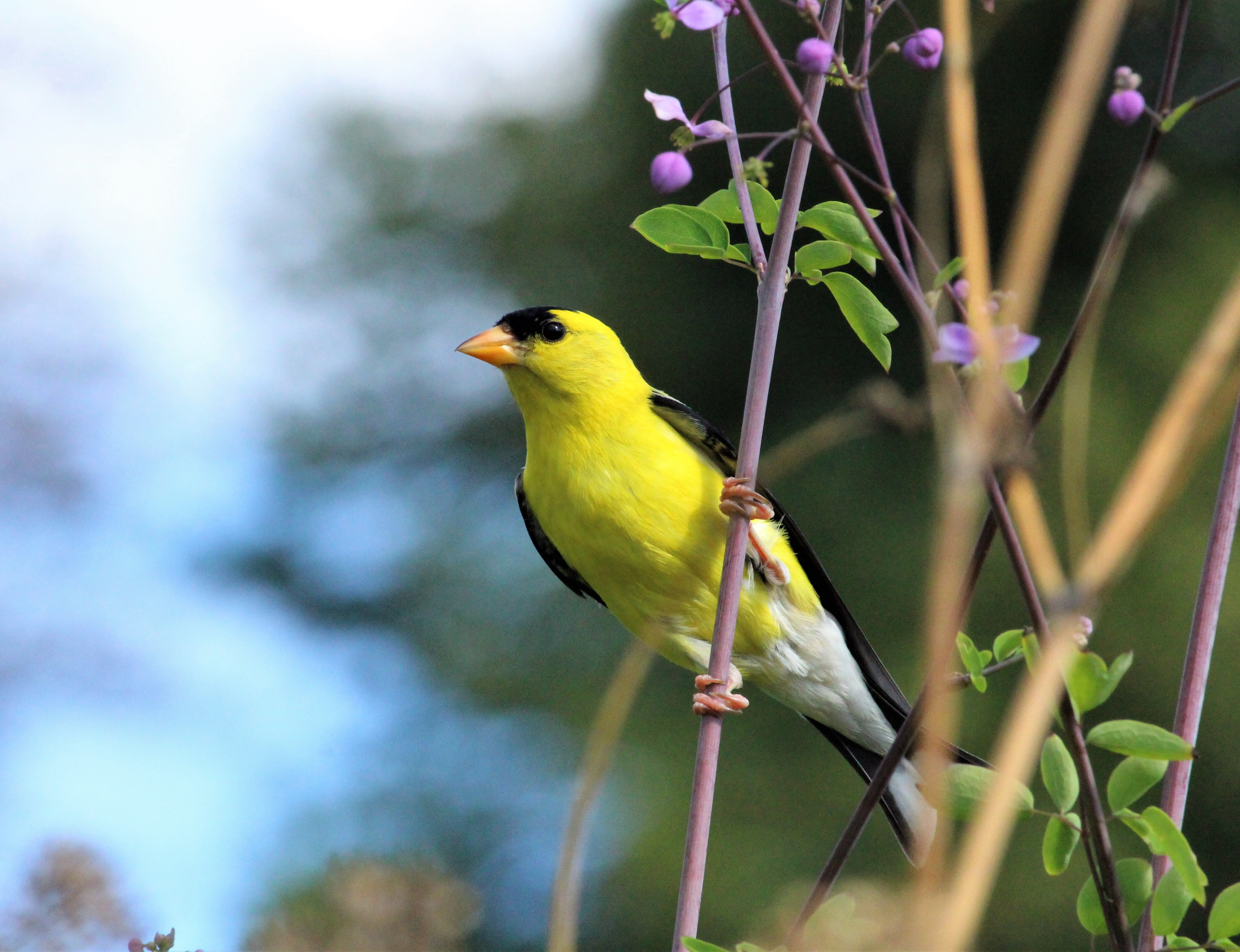
American Goldfinches are found year-round in the Snug Harbor gardens. Photo: Dave Ostapiuk
Snug Harbor
Birding Highlights by the Season
(no star = birding is not very productive, ✸ = somewhat productive, ✸✸ = productive, ✸✸✸ = very productive)
Spring Migration ✸✸
Warblers, tanagers, and other songbirds; Ruby-throated Hummingbird; waders, waterfowl, and freshwater sandpipers
Summer ✸✸
Foraging wading birds; Barn Swallow, Chimney Swift, Common Nighthawk; nesting Eastern Kingbird, Warbling Vireo, House Wren, Gray Catbird, Baltimore Oriole, Red-winged Blackbird, and American Goldfinch
Fall Migration ✸✸
Warblers, sparrows, and other songbirds; Ruby-throated Hummingbird; waders, waterfowl, and freshwater sandpipers
Winter ✸✸
Wintering waterfowl including dabbling and diving ducks, mixed songbird feeding flocks
Year-Round Highlights
Common dabbling waterfowl, woodpeckers
Get Oriented
 "}" data-trix-content-type="undefined" class="attachment attachment--content">
"}" data-trix-content-type="undefined" class="attachment attachment--content">Snug Harbor Cultural Center & Botanical Garden, a very bird-friendly park that includes diverse habitats including a freshwater pond, a tidal creek and marsh, meadows, and woodlands, also has interesting history. The former "Sailors Snug Harbor" was created as a hospital for “aged, decrepit and worn-out seamen,” as stipulated in the Will of New Jersey-born sea captain Robert Richard Randall, who died in 1801. The property continued to serve this purpose until the 1970s, when the sailors' home moved to North Carolina, and the land was successfully acquired by NYC Parks. The now popular public park includes themed botanical gardens, a farm, a music hall, and the Newhouse Center for Contemporary Art.
Happily for birders, the property's diverse habitats have attracted over 140 kinds of birds. Over the years, eBirders have documented uncommon species such as Blue-winged Teal, Eastern Whip-poor-will, Connecticut Warbler, and both crossbill species. The particular charm of the place, however, may be the opportunity it affords for good views: the park's combination of fresh water, bird-friendly plants, and a well-tended system of paths provide a particularly good opportunity to observe birds during migration, breeding season, and wintertime.
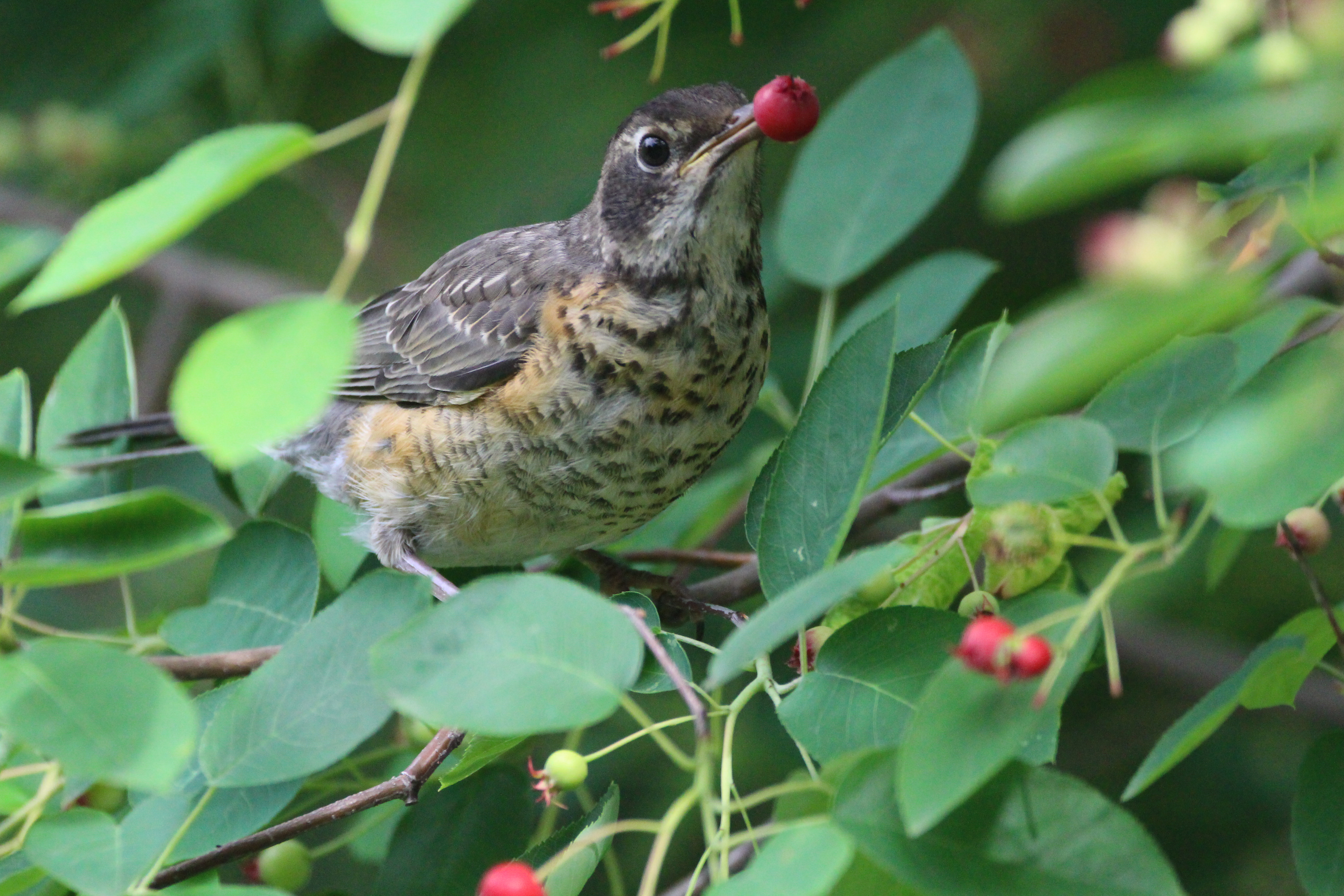 "}" data-trix-content-type="undefined" class="attachment attachment--content">
"}" data-trix-content-type="undefined" class="attachment attachment--content">During migration, a wide variety of warblers, sparrows, and other land birds stop by here; rich plantings of berry-bearing shrubs and trees such as Serviceberry and Wild Cherry provide sustenance (and good bird-watching opportunities), summer through the winter. Ruby-throated Hummingbirds come to feed in the gardens during migration. Breeding species include land birds such as Eastern Kingbird, Warbling Vireo, House Wren, Gray Catbird, Baltimore Oriole, Red-winged Blackbird, and American Goldfinch.
Barn Swallows and Chimney Swifts are common during the warmer months, and this is also a particularly good spot to see another insectivorous aerial speciast: the Common Nighthawk. (Listen for it's nasal "peent" call as it flies overhead.)
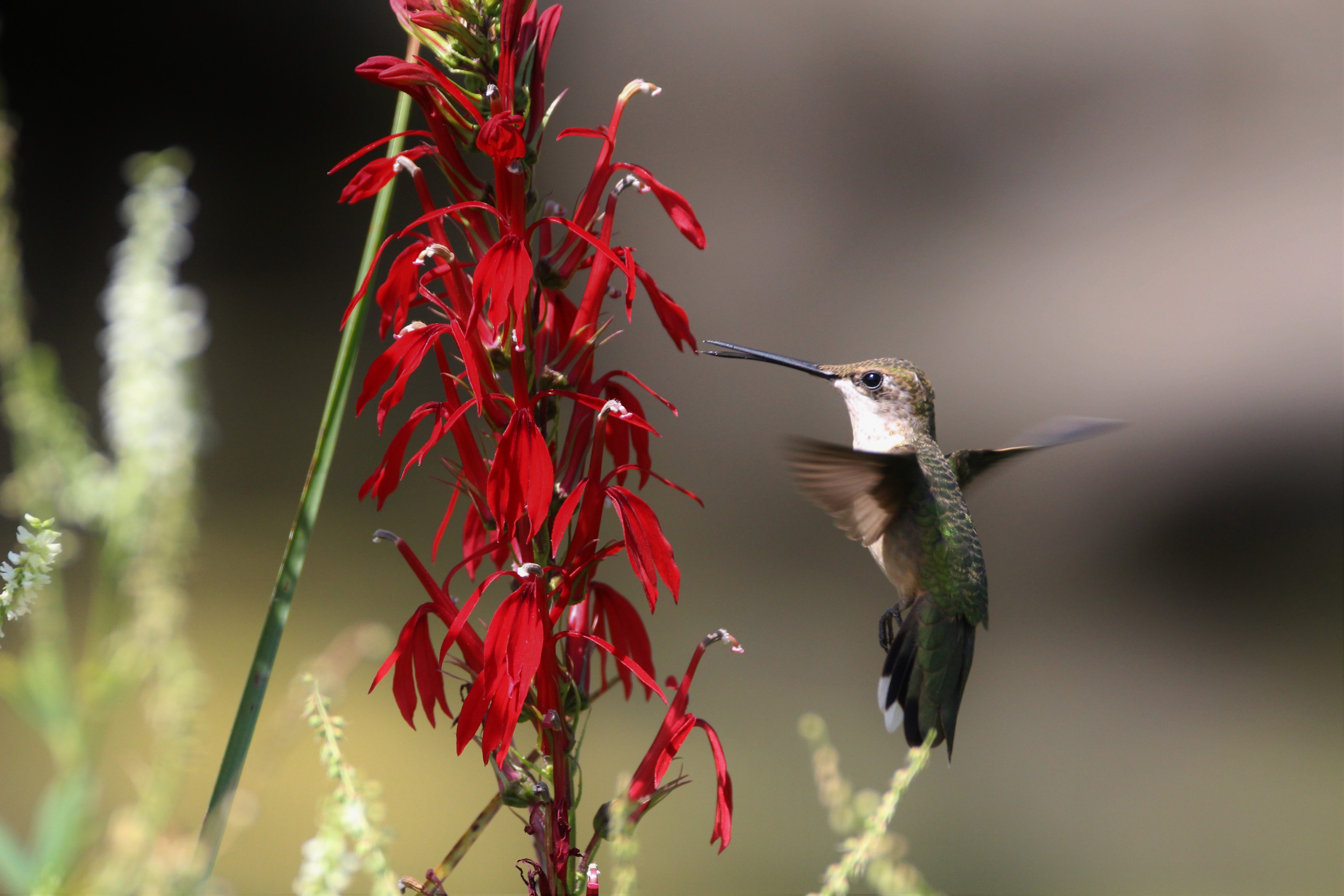 "}" data-trix-content-type="undefined" class="attachment attachment--content">
"}" data-trix-content-type="undefined" class="attachment attachment--content">Waders including Green Heron, Great Blue Heron, and Black-crowned Night-Heron come to forage in the park's wetlands; also check for Spotted and Solitary Sandpipers during migration. Both dabbbling and diving waterfowl are also seen here, both in the park's wetlands and in (or on their way to or from) the waters of the Kill Van Kull, just north of the park across Richmond Terrace.
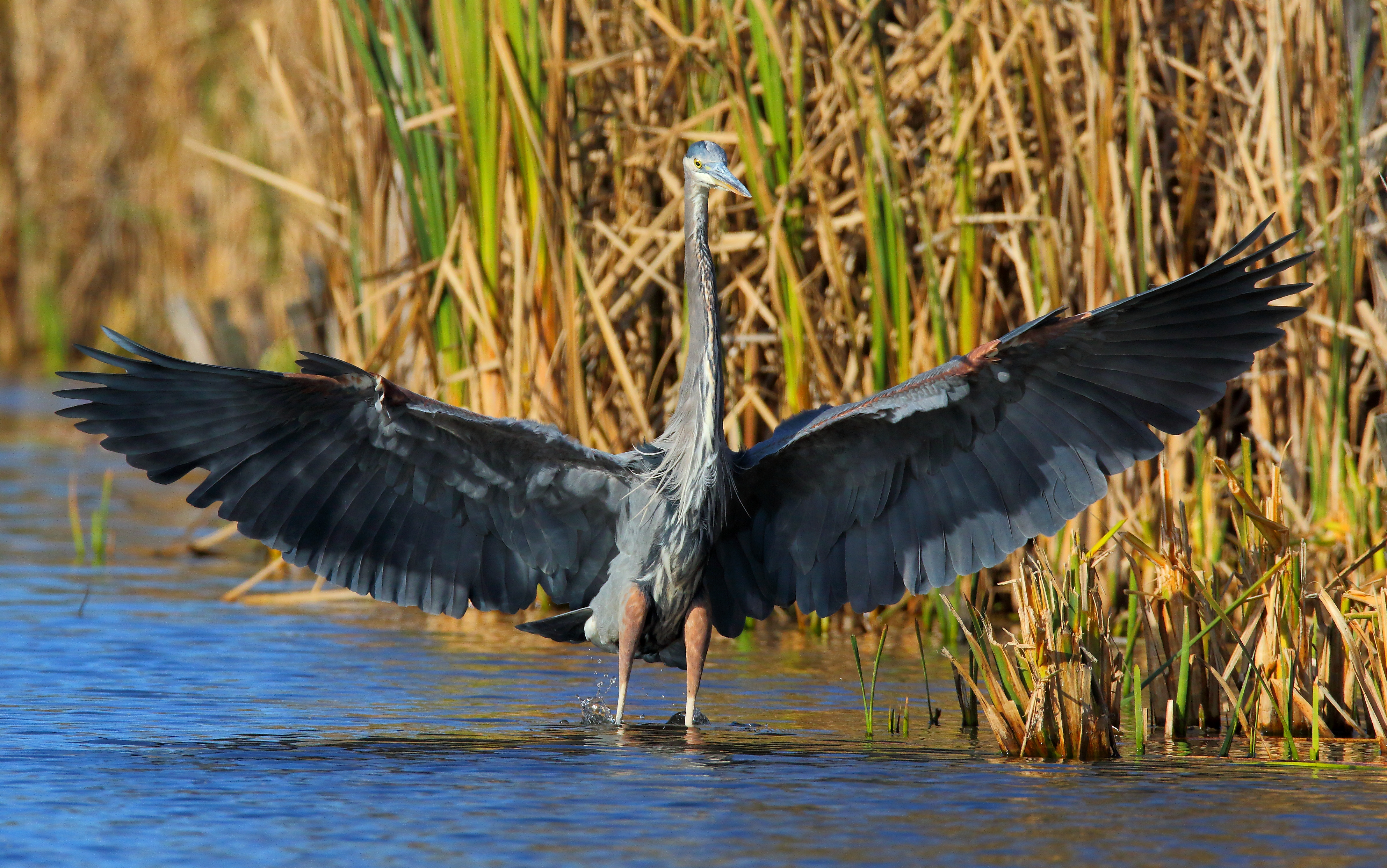 "}" data-trix-content-type="undefined" class="attachment attachment--content">
"}" data-trix-content-type="undefined" class="attachment attachment--content">When to Go
See "Birding Highlights by the Season" above; the eBird links below also may be helpful. To learn about bird migration times and get other timing tips, see the When to Bird in NYC guide on our Birding 101 page.
For park operating hours, see the “Directions and Visiting Info” section, below.
eBird
View eBird hotspot records for Snug Harbor Cultural Center & Botanical Garden to explore recent bird sightings, species bar charts, and more. (Click on “Hotspot Map” at left to see other nearby locations.)
Personal Safety
Snug Harbor Cultural Center & Botanical Garden is generally safe to bird.
Directions and Visiting Information
View a Google map of Snug Harbor Cultural Center & Botanical Garden.
Visit the Snug Harbor Cultural Center & Botanical Garden website for directions, hours, and additional background information. heritagehs
Visit the Snug Harbor Cultural Center & Botanical Garden website for directions, hours, and additional background information. heritagehs
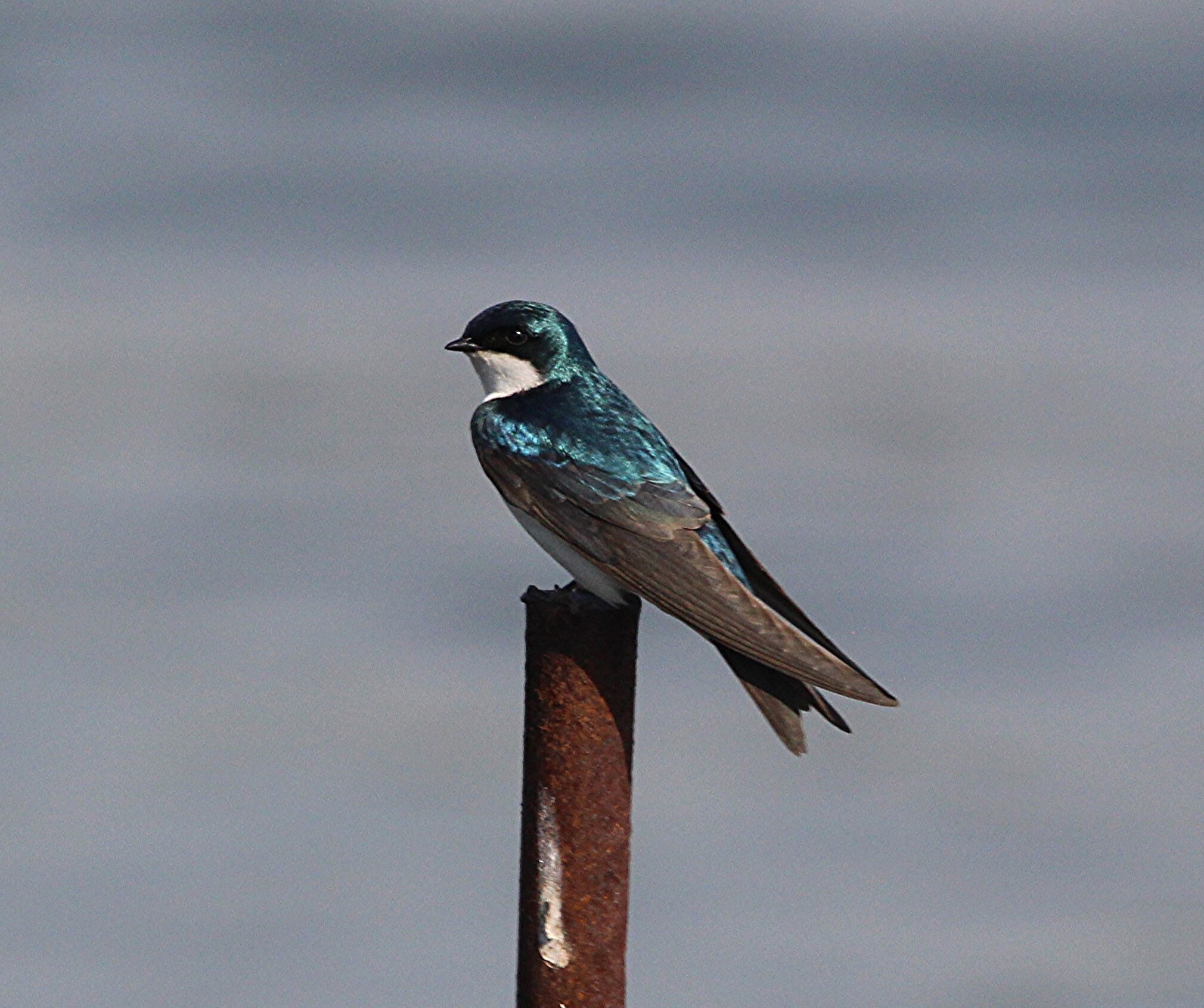
A male Tree Swallow glistens in the sun at Heritag Park. Photo: Dave Ostapiuk
Heritage Park
Birding Highlights by the Season
(no star = birding is not very productive, ✸ = somewhat productive, ✸✸ = productive, ✸✸✸ = very productive)
Spring Migration ✸
Lingering waterfowl; warblers, vireos, and other land birds
Summer ✸✸
Nesting Osprey, Double-crested Cormorant, Barn and Tree Swallows, Yellow Warbler, Red-winged Blackbird, Song Sparrow
Fall Migration ✸
Warblers, sparrows, and other songbirds; waterfowl
Winter ✸✸
Wintering waterfowl including dabbling and diving ducks; gulls
Year-Round Highlights
Gulls, Double-crested Cormorant
Get Oriented
View a Google map of Heritage Park.
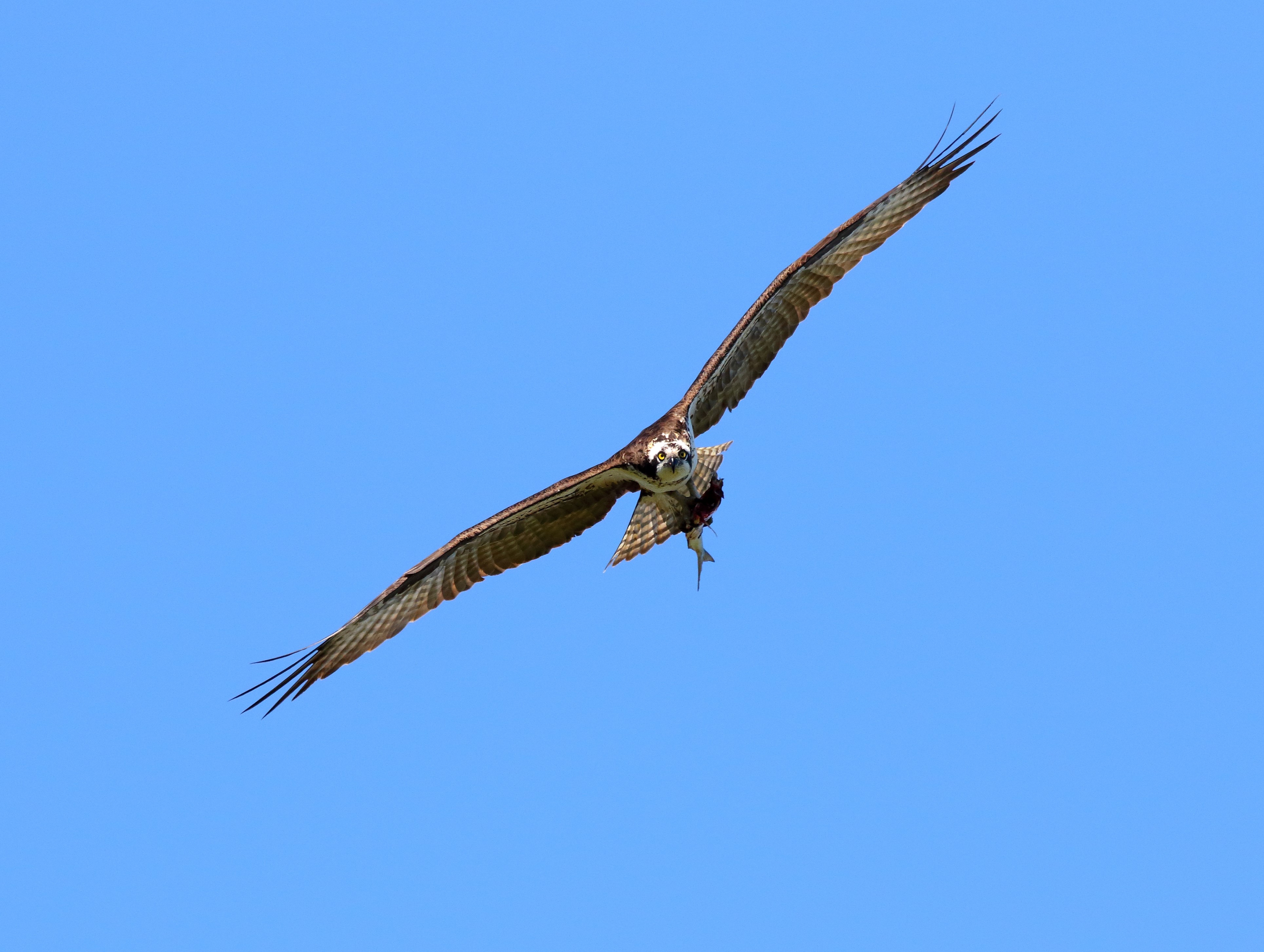 "}" data-trix-content-type="undefined" class="attachment attachment--content">
"}" data-trix-content-type="undefined" class="attachment attachment--content">Heritage Park, a relatively new waterfront greenspace opened in 2012, is the fruit of concerted effort between local activists, politicians, and environmental groups. This site of the former Blissenbach Marina, a contaminated "brownfield" site, was purchased by the Trust for Public Land in 2004 in cooperation with the Port Authority of New York and New Jersey, and then donated to NYC Parks. The park is named in remembrance of the rich cultural history in the area: a Native American Lenape trail ran along what is now Richmond Terrace, and the area served as a center of the pre-Civil War anti-slavery community.
On the heels of Hurricane Sandy in 2012, the park was designed to serve as a buffer to storm surge, in addition to providing needed community green space and access to the waterfront in this heavily industrialized area of northern Staten Island. The ecological richness of Heritage Park is enhanced by its proximity to several other parcels of undeveloped land, and to Palmer Run, lying to the west, which drains Clove and Silver Lakes.
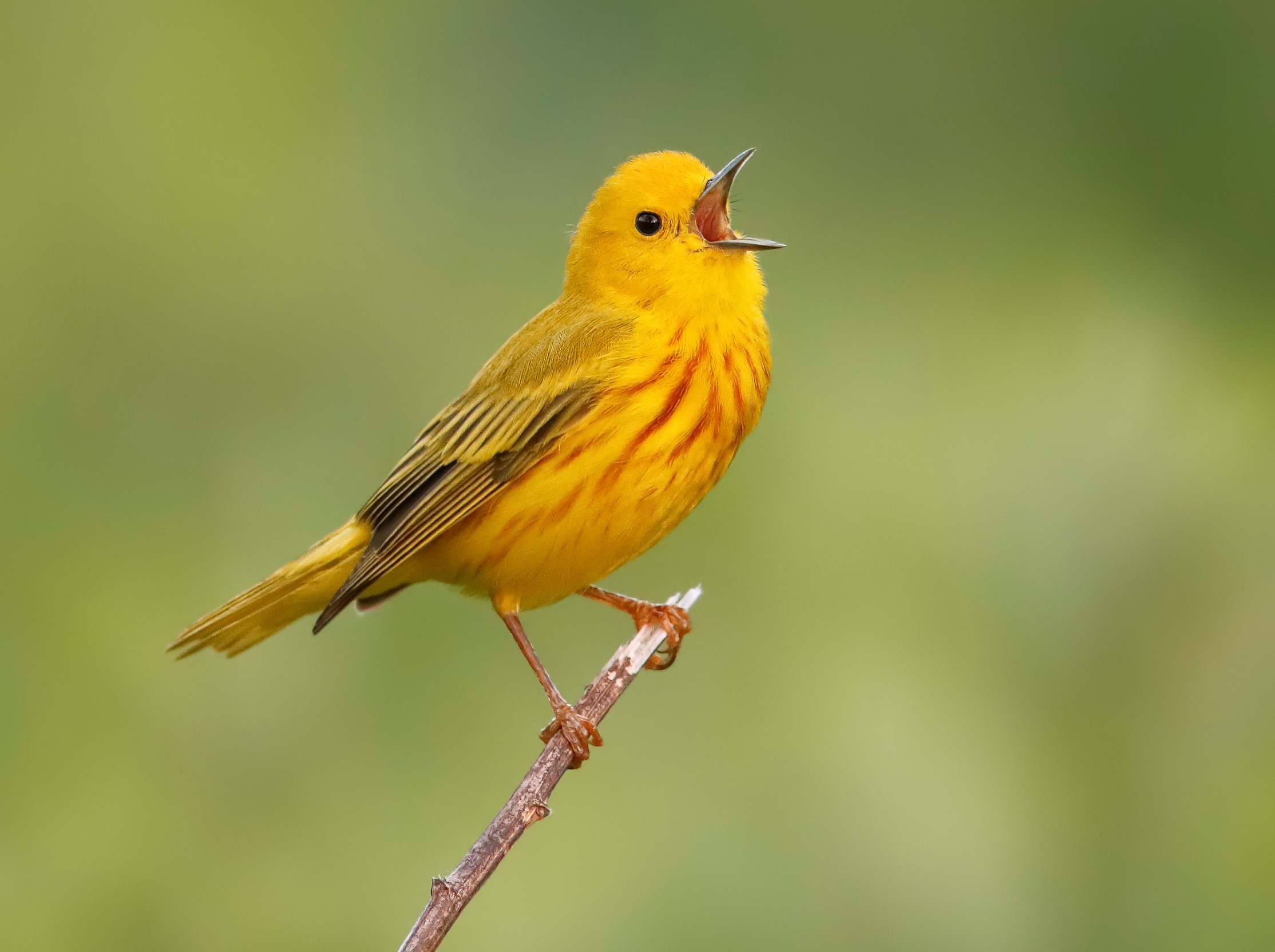 "}" data-trix-content-type="undefined" class="attachment attachment--content">
"}" data-trix-content-type="undefined" class="attachment attachment--content">The remediated park, which sits largely on a rounded upland originally created to serve the Blissenbach Marina, now includes a meadow with trees, and is contiguous with the partly forested right-of-way of the abandoned North Shore Branch of the Staten Island Railroad. These upland areas attract songbird migrants such as warblers and vireos during migration, and some nesting songbirds such as Warbling Vireo, Yellow Warbler, Red-winged Blackbird, and Song Sparrow. Barn and Tree Swallows both nest here and are plentiful in summer.
The Kill Van Kull is the star attraction here, however: Osprey nest within view of the park, as do over a dozen Double-crested Cormorants that raise their young on pilings just offshore. Common gulls and dabbling waterfowl are joined in the winter by diving birds such as Bufflehead and Red-breasted Merganser. Watch for less common wintering waterbird species such as Great Cormorant and Bonaparte's Gull.
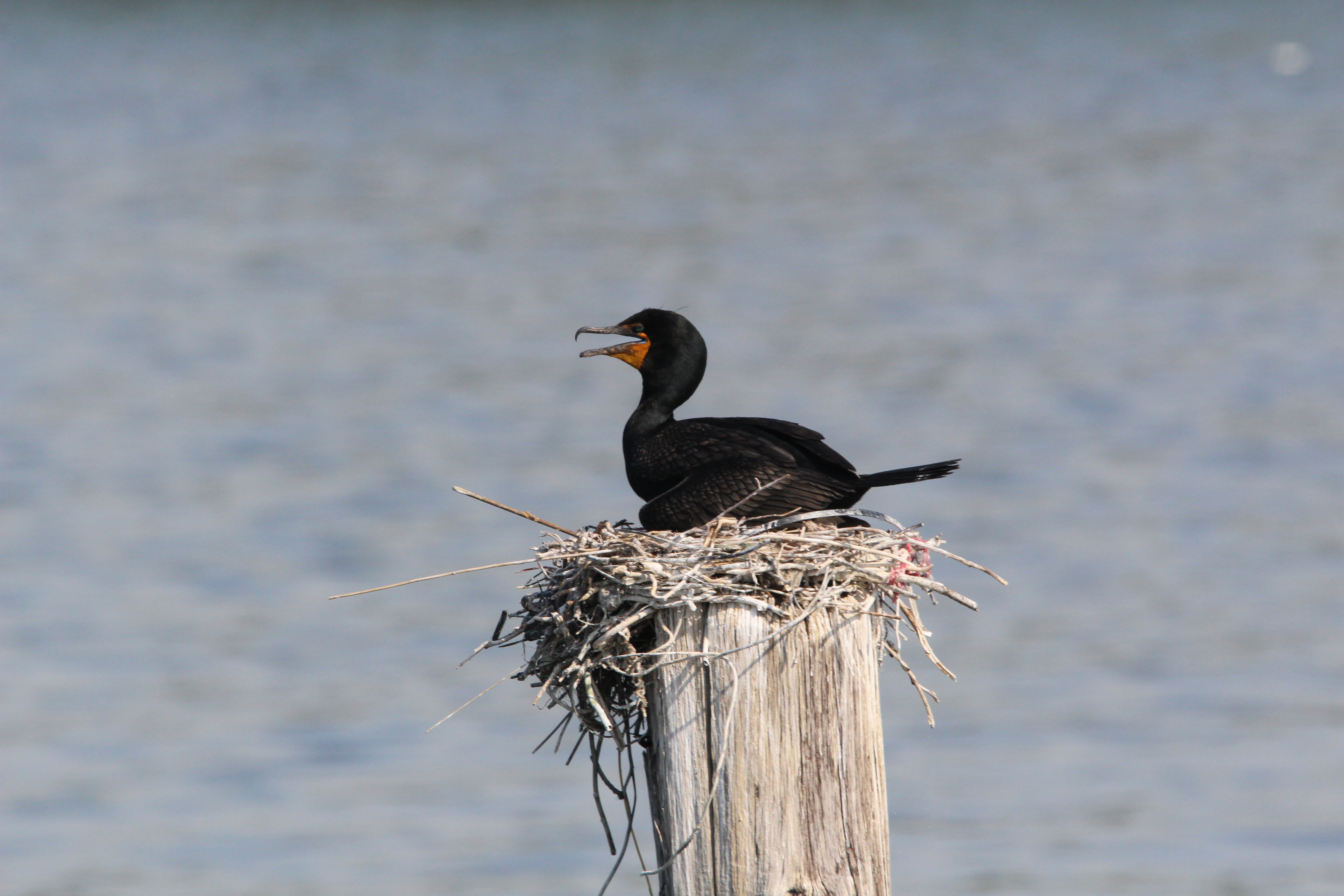 "}" data-trix-content-type="undefined" class="attachment attachment--content">
"}" data-trix-content-type="undefined" class="attachment attachment--content">When to Go
See "Birding Highlights by the Season" above; the eBird links below also may be helpful. To learn about bird migration times and get other timing tips, see the When to Bird in NYC guide on our Birding 101 page.
For park operating hours, see the “Directions and Visiting Info” section, below.
eBird
View eBird hotspot records for Heritage Park (Blissenbach Marina) to explore recent bird sightings, species bar charts, and more. (Click on “Hotspot Map” at left to see other nearby locations.)
Personal Safety
Heritage Park is generally a safe site to bird.
Directions and Visiting Information
View a Google map of Heritage Park.
Visit the NYC Parks page for Heritage Park for operating hours, directions, and additional background information.
Visit the NYC Parks page for Heritage Park for operating hours, directions, and additional background information.
Other Resources
Read more about the interesting history of Heritage Park on the Hidden Waters Blog.
Read a press acount of the opening of Heritage Park.richmondterracehs
Read a press acount of the opening of Heritage Park.richmondterracehs
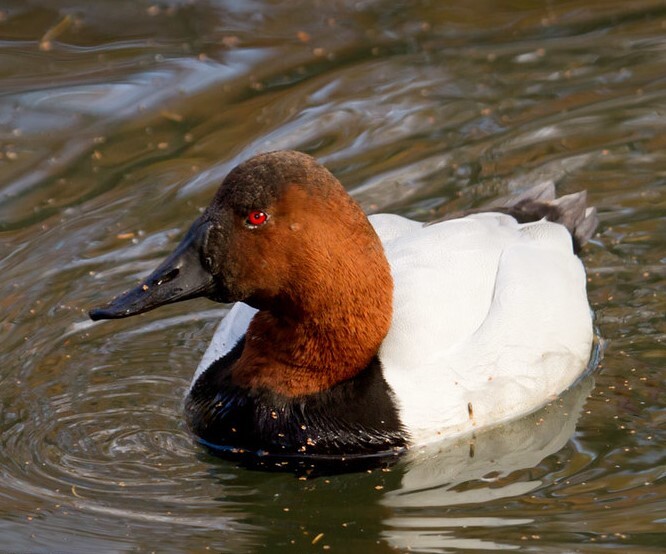
The red-eyed Canvasback can be found off of Richmond Terrace Park in the wintertime. Photo: Laura Meyers
Richmond Terrace Park
Birding Highlights by the Season
(no star = birding is not very productive, ✸ = somewhat productive, ✸✸ = productive, ✸✸✸ = very productive)
Spring Migration ✸
Lingering waterfowl; wading birds
Summer ✸✸
Osprey, Double-crested Cormorant, wading birds; Red-winged Blackbird, Song Sparrow
Osprey, Double-crested Cormorant, wading birds; Red-winged Blackbird, Song Sparrow
Fall Migration
Some songbirds and waterbirds
Winter ✸✸
Wintering waterfowl including dabbling and diving ducks; gulls; Belted Kingfisher
Year-Round Highlights
Gulls, Double-crested Cormorant, Great Blue Heron
Get Oriented
View a Google map of Richmond Terrace Park.
Richmond Terrace Park, one of the newest additions to the NYC Parks system, is a new community green space and "reclamation" of access to the Kill Van Kull: the 11-acre stretch of waterfront woodland and marsh is known to have been used by locals historically as a picnicking and leisure spot. It has now been fitted with a walking path and overlook (at its western end), offering views of Newark Bay and Shooter's Island, one of the first Harbor Heron Islands to be colonized by wading birds in the late 1970s.
Richmond Terrace Park, one of the newest additions to the NYC Parks system, is a new community green space and "reclamation" of access to the Kill Van Kull: the 11-acre stretch of waterfront woodland and marsh is known to have been used by locals historically as a picnicking and leisure spot. It has now been fitted with a walking path and overlook (at its western end), offering views of Newark Bay and Shooter's Island, one of the first Harbor Heron Islands to be colonized by wading birds in the late 1970s.
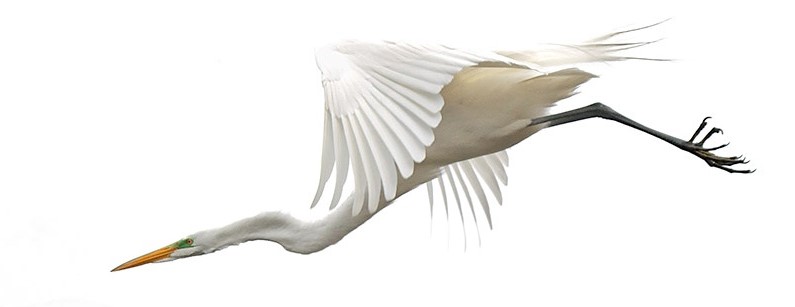 "}" data-trix-content-type="undefined" class="attachment attachment--content">
"}" data-trix-content-type="undefined" class="attachment attachment--content">Though the Shooter's Island wader colony has not hosted egrets or herons in recent years, it is hoped the birds may return, as they naturally shift around the harbor and seek out nesting sites. The area of the park, also knowns as "Van Name-Van Pelt Cove" after the perpendicular streets that delineate its boundaries, is still ecologically rich: wading birds such as Great Egret, Great Blue Heron, and Black-crowned Night-Heron may stop by to forage along the shoreline and marsh. Double-crested Cormorants and Osprey nest nearby in the spring and summer, and can be seen fishing in the Kill Van Kull.
Dabbling waterfowl such as Gadwall and American Black Duck are seen here, in addition to Mallards and Canada Geese, year-round; Brant join in the winter. Also in winter, diving birds such as Red-breated Merganser, Bufflehead and the less common Canvasback are seen. Keep an out for Great Cormorant on pilings and old docks in front of the park.
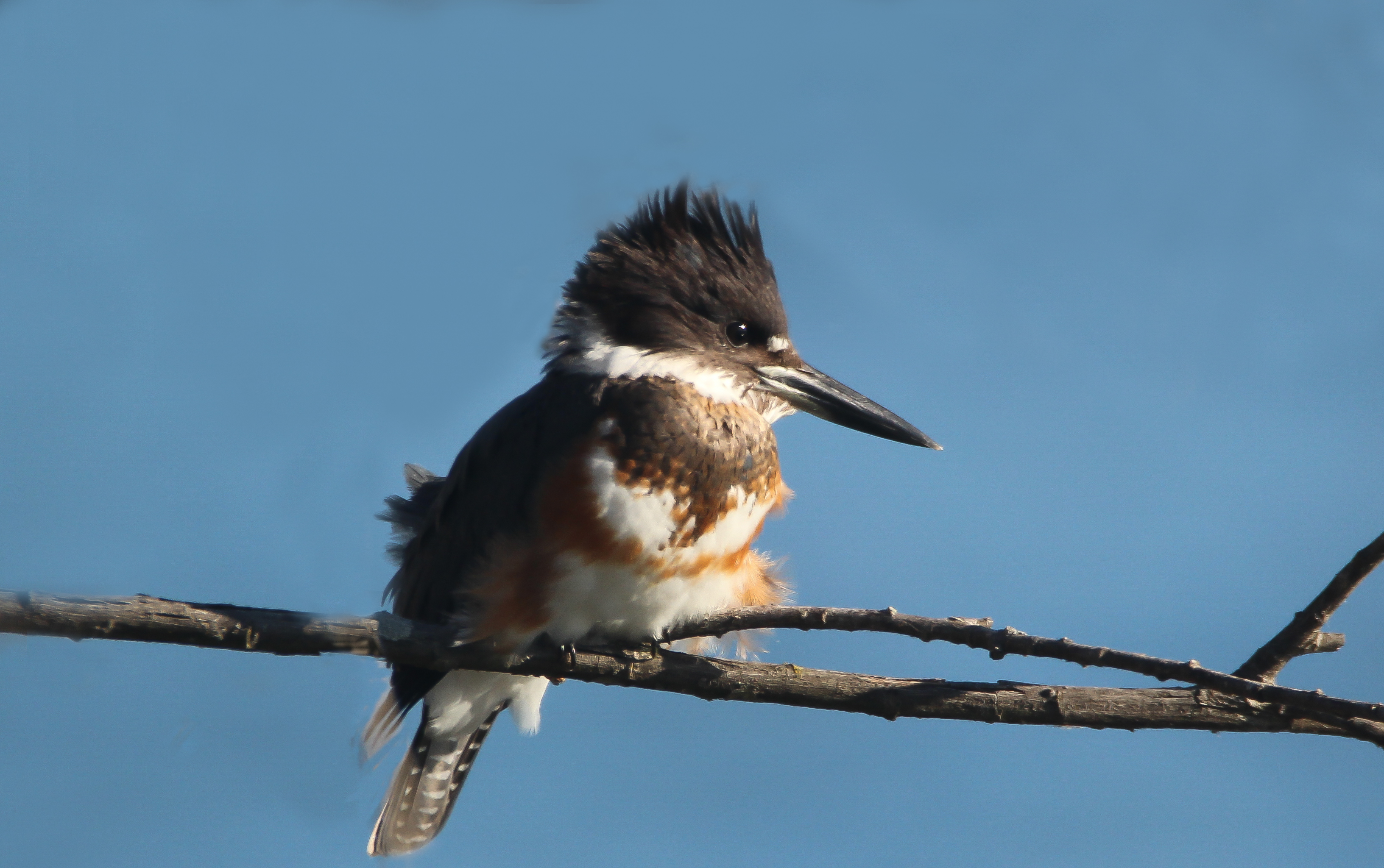 "}" data-trix-content-type="undefined" class="attachment attachment--content">
"}" data-trix-content-type="undefined" class="attachment attachment--content">When to Go
See "Birding Highlights by the Season" above; the eBird links below also may be helpful. To learn about bird migration times and get other timing tips, see the When to Bird in NYC guide on our Birding 101 page.
For park operating hours, see the “Directions and Visiting Info” section, below.
eBird
View eBird hotspot records for Van Name-Van Pelt Cove (Richmond Terrace Park) to explore recent bird sightings, species bar charts, and more. (Click on “Hotspot Map” at left to see other nearby locations.)
Personal Safety
Richmond Terrace Park is generally safe to bird.
Directions and Visiting Information
View a Google map of Richmond Terrace Park.
Visit the NYC Parks page for Richmond Terrace Park for operating hours, directions, and additional background information.
Visit the NYC Parks page for Richmond Terrace Park for operating hours, directions, and additional background information.
Other Resources
Read more about the interesting history of Richmond Terrace Park on the Hidden Waters Blog.
Read a press acount of the opening of Richmond Terrace Park.
Read a press acount of the opening of Richmond Terrace Park.
